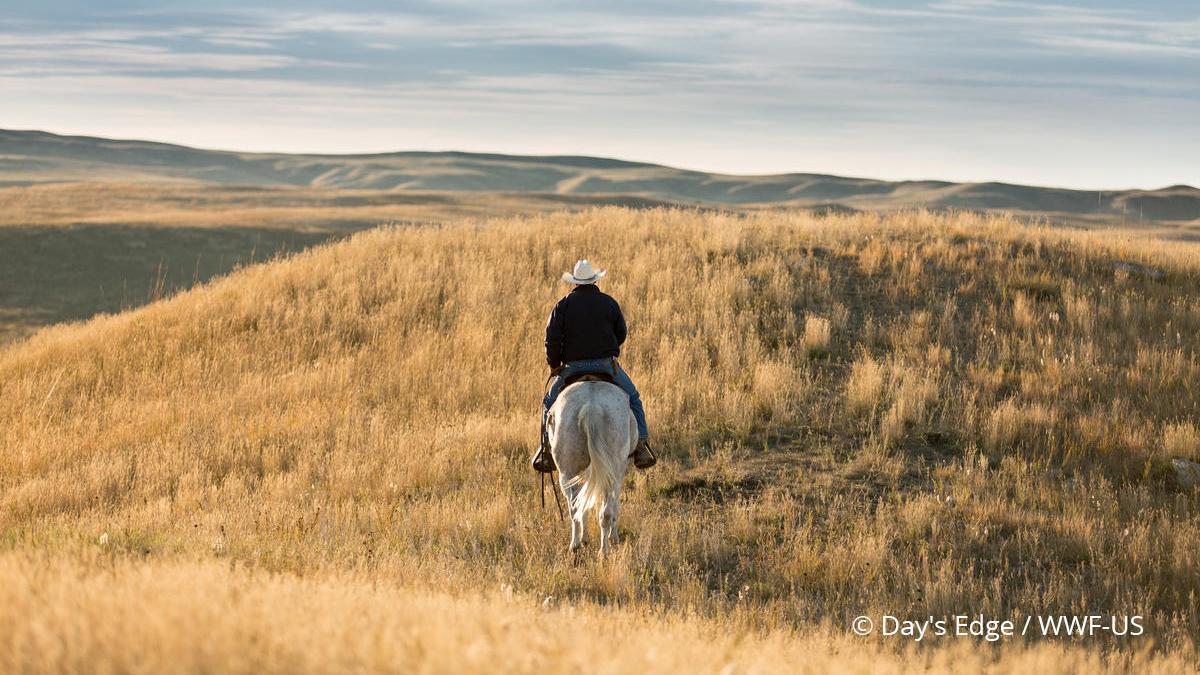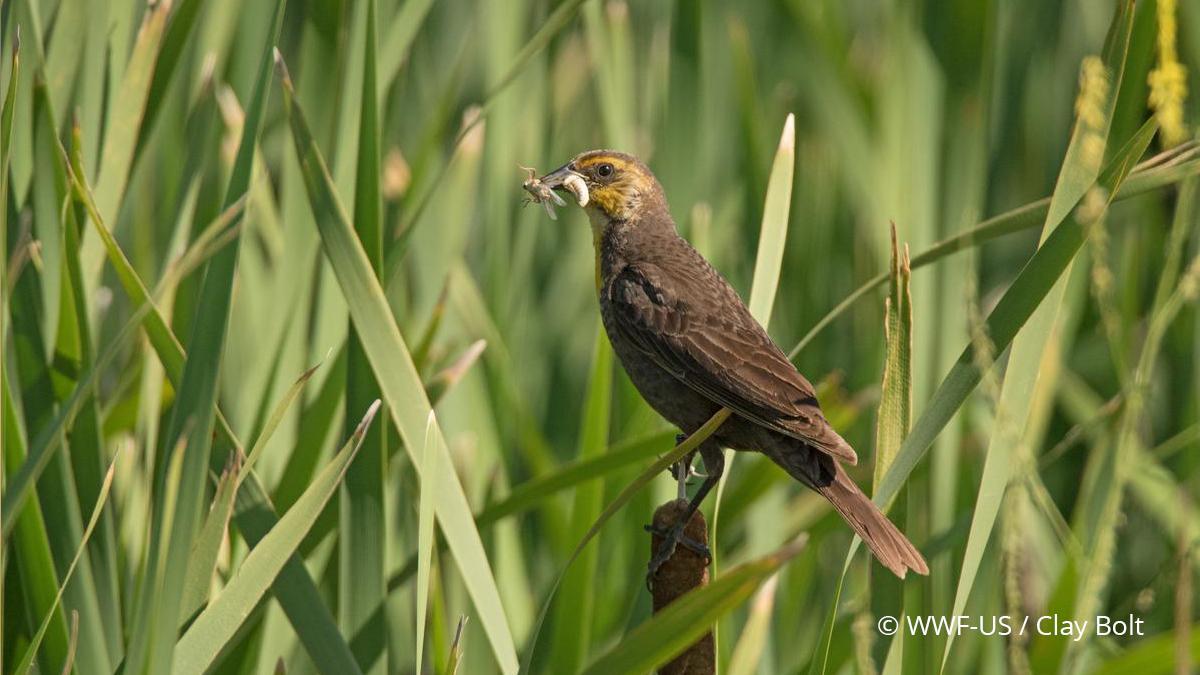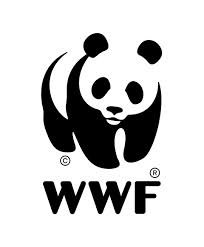Grassland Loss in the Great Plains Persists, With 1.9 Million Acres Destroyed in 2022
WWF report warns rising appreciation for grasslands fails to halt Great Plains’ swift decline
September 26, 2024 /3BL/ - Annual analysis from World Wildlife Fund’s Plowprint report reveals 1.9 million acres of grasslands were converted for crops in 2022 alone across the Great Plains. While this figure’s significance cannot be downplayed, it marks an improvement from the previous 10-year average of 2.6 million acres annually. The report finds that just 55% of grassland in the US and Canadian Great Plains remains intact, putting pressure on wildlife and pollinator habitats and impacting an essential carbon sink.
“With just over half of the Great Plains grasslands remaining, every cut from the plow has significant consequences for wildlife, carbon storage and clean water,” said Martha Kauffman, vice president for WWF’s Northern Great Plains program. “The last 10 years have been a rollercoaster ride of improvements and setbacks. With appreciation for grasslands on the rise, now is the time for increased investment and policies to save what is left.”
Conversion across the Great Plains came from four main crops, including wheat (37%), corn (11%), canola (11%), and soy (9%). An additional 220,000 acres of cropland were lost for development in 2022, an increase from the 10-year average of 175,000 acres annually.
The report also found in the Northern Great Plains, which represents one of the world’s last remaining intact temperate grasslands, 70% of the grass in this region remains intact. Yet still, 480,000 acres, an area twice the size of New York City, was converted to cropland during 2022.
“Losing grasslands of course has vital climate and land use change implications, but some impacts may be less visible to the naked eye,” said Clay Bolt, manager of pollinator conservation for WWF. “Pollinators, including many native bees that once thrived in the US and Canada, play a vital role preserving natural ecosystems. But the effect of grasslands loss is compounded due to an increase in neonics – a type of insecticide that is commonly found in croplands. As a result, bees, birds, and many other species are vanishing at alarming rates.”
Balancing the protection of grasslands habitats and species that rely on them, while supporting the livelihoods of producers across the Great Plains, requires strong policies. Protecting and building upon the historic investments in Farm Bill conservation programs including, the expansion and strengthening of Sodsaver, and bolstering the Grasslands Conservation Reserve Program, will help keep grasslands standing while also supporting sustainable grazing practices. Additional investment is needed for policies and programs that improve the sustainable management of productive farmland and protect it from development. To ensure long-term success, these efforts must also increase equity and access to conservation programs and funding for Native nations.
World Wildlife Fund’s 2024 Plowprint Report is available at plowprint.org
Media Contact:
About WWF
WWF is one of the world’s leading conservation organizations, working in nearly 100 countries for over half a century to help people and nature thrive. With the support of more than 5 million members worldwide, WWF is dedicated to delivering science-based solutions to preserve the diversity and abundance of life on Earth, halt the degradation of the environment and combat the climate crisis. Visit http://www.worldwildlife.org to learn more and keep up with the latest conservation news by following @WWFNews on Twitter and signing up for our newsletter and news alerts here.




